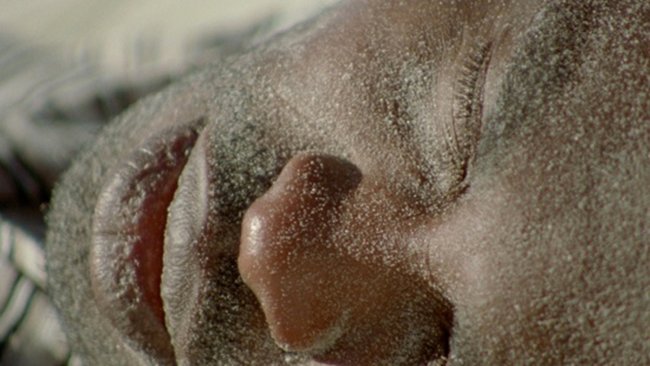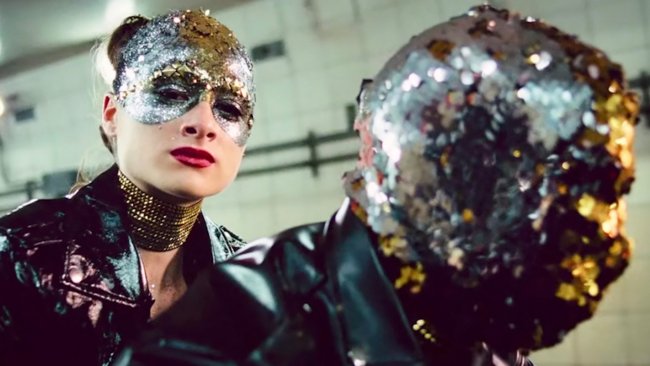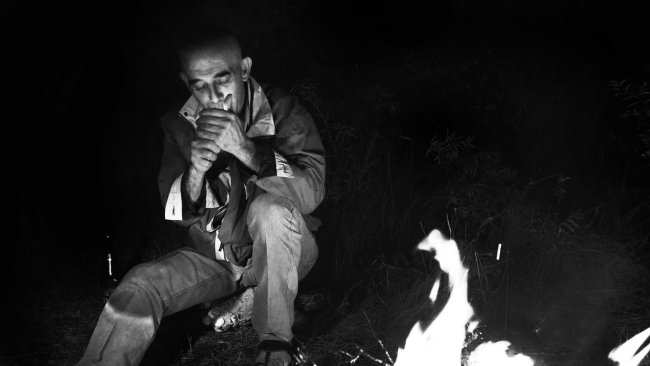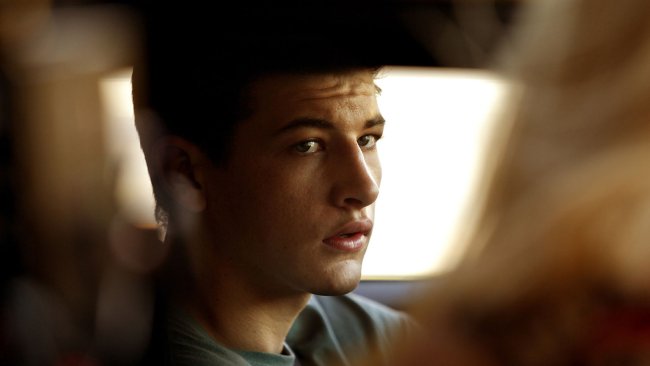Far Away Eyes
Text: Giuseppe Di Salvatore
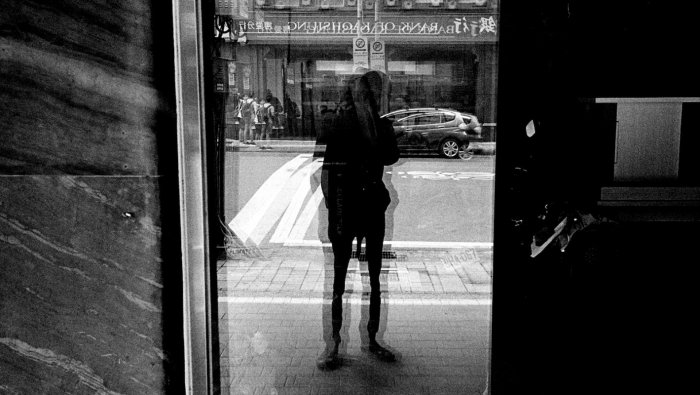
An airplane crosses the black sky: it is a moving image, but also a photo. Chun-Hong Wang’s film plays wonderfully with the tension between the two media. A highly accurate framing sinks the narrative elements into the contemplation of Taipei nights, whose highly aesthetic impressions fulfil the ellipses of the storytelling. In this way, the immobility of the photo prevails on the movement of the images. The story of a separation and division of the Taiwanese society during the recent elections opens a disorienting void where a melancholic mood can flood freely. At least in our experience the tension of the cinematic narration almost dissolves into a photographic emotive freezing.
However, the strong photographic impressions that constitute Far Away Eyes still deliver movements and action within the image. The entire urban landscape is thus contained in the panoramic feeling of nostalgia, like a story is contained in a book. Taipei’s reality becomes a literary reverie. She (the ex-girlfriend) will appear with him on the motorbike again, just for a moment, be it in his memory or in his imagination. His writing will be preferred to the opportunity for a last meeting with her. She leaves for good. Taipei remains, for him, as a wonderful and elegant ruin. As a wonderful and elegant ruin. Yes, Chun-Hong Wang’s hyper-aestheticism is fully almost heavily meaningful. As is his use of photography in dialectic tension with cinema.
This article contains a third-party video. If you would like to watch the video, please adjust your settings.
Info
Far Away Eyes | Film | Chun-Hong Wang | TWN-FR 2021 | 79’ | Visions du Réel Nyon 2022
First published: May 02, 2022
